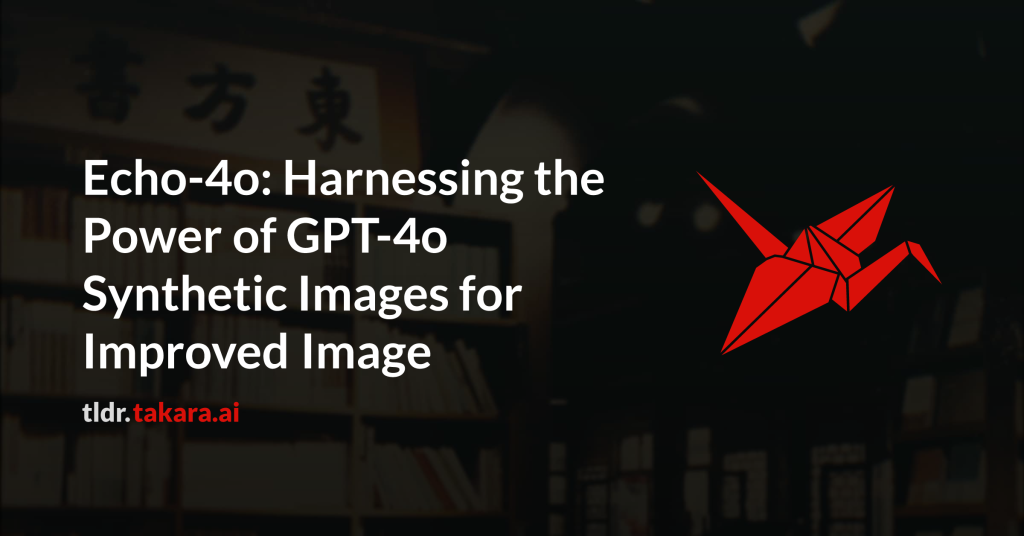Recently, GPT-4o has garnered significant attention for its strong
performance in image generation, yet open-source models still lag behind.
Several studies have explored distilling image data from GPT-4o to enhance
open-source models, achieving notable progress. However, a key question
remains: given that real-world image datasets already constitute a natural
source of high-quality data, why should we use GPT-4o-generated synthetic data?
In this work, we identify two key advantages of synthetic images. First, they
can complement rare scenarios in real-world datasets, such as surreal fantasy
or multi-reference image generation, which frequently occur in user queries.
Second, they provide clean and controllable supervision. Real-world data often
contains complex background noise and inherent misalignment between text
descriptions and image content, whereas synthetic images offer pure backgrounds
and long-tailed supervision signals, facilitating more accurate text-to-image
alignment. Building on these insights, we introduce Echo-4o-Image, a 180K-scale
synthetic dataset generated by GPT-4o, harnessing the power of synthetic image
data to address blind spots in real-world coverage. Using this dataset, we
fine-tune the unified multimodal generation baseline Bagel to obtain Echo-4o.
In addition, we propose two new evaluation benchmarks for a more accurate and
challenging assessment of image generation capabilities: GenEval++, which
increases instruction complexity to mitigate score saturation, and
Imagine-Bench, which focuses on evaluating both the understanding and
generation of imaginative content. Echo-4o demonstrates strong performance
across standard benchmarks. Moreover, applying Echo-4o-Image to other
foundation models (e.g., OmniGen2, BLIP3-o) yields consistent performance gains
across multiple metrics, highlighting the datasets strong transferability.

